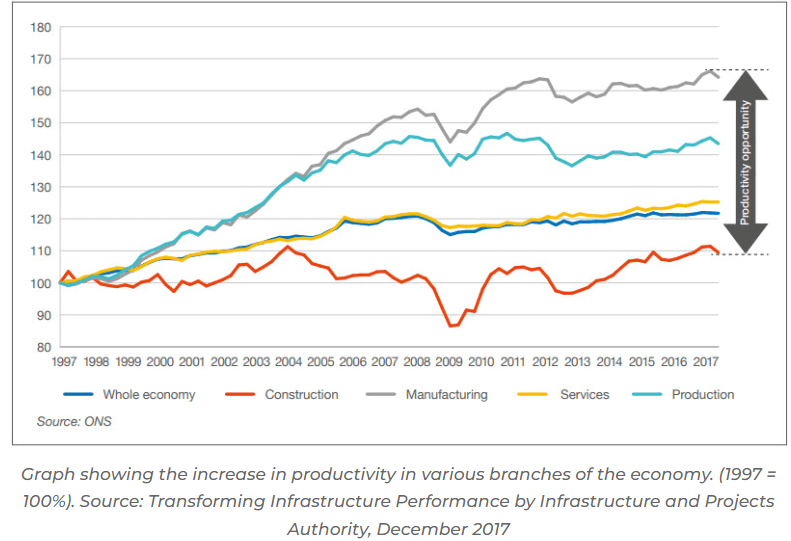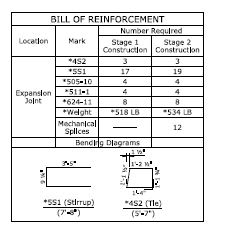If anyone cares... from the point of view of a GC, not producing shop drawings and not having them reviewed is nuts.
Strongly agree with Eng16080/JAE/XR250/others regarding the overall purpose of shop drawing review - to ensure the details have been correctly interpreted by the GC, concrete sub, and bar fabricator.
I can't speak for every GC... but in my orbit, rebar shops are no different than any other submittal; an engineer's review does not absolve me of complete responsibility for conformance with drawings/specs/code/whatever. If an engineer misses a bend detail or whatever that's wrong, and we catch it in pre-pour, it's still my problem to fix. If it got missed by the EOR and installed, that means me and my guys missed it twice. It's on us.
Greenalleycat said:
The process here is to produce structural drawings showing what is required,
No offense intended - but if you're telling me that you produce drawings sets for large, complicated projects which show every single possible configuration of many various concrete encapsulated assemblies in sufficient detail for rebar crews to order, tag, and tie bar using your drawings alone.. I don't believe you. Every single job I've ever build with significant concrete had SOME sort of clash, or issue with embedded utilities next to a column or thickened edge, or penetration not shown on structural, or whatever, that was caught at some point between rebar shop review and GC side trade coordination. That's why we do it, so it doesn't get caught on pre-pour when it's too late. Not to mention that I've never seen a structural drawing which had each individual bent bar identified with a piece code, which is an absolute necessity for a large complicated reinforcement design, and gets done as part of the process of producing the shops.
Greenalleycat said:
Amazing that you guys are so trusting of your contractors
You're putting WAY more trust in your contractors by not requiring them to show you the plan before they start ordering bar. To me, and it seems to most of my colleagues in the states, that's crazy. They review shops specifically because they DON'T trust me to get it right. And I'm perfectly fine with that attitude because the stakes are high. I will never turn down one more opportunity to catch mistakes before the money has actually been spent.
Greenalleycat said:
Why are you inspecting with the trucks lining up and why are you getting blamed if they fuck it up
No one is performing a pre-pour inspection day of, unless we're talking about a very small pour.
And if you are inspecting day of, in our world you've already looked at the shops so you have at least some idea how competent the GC is at all the required coordination.



